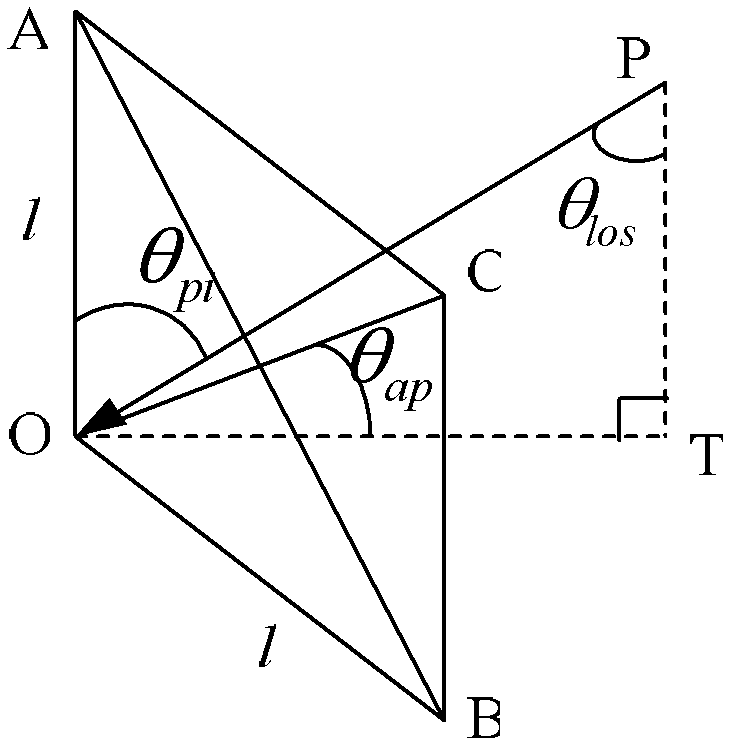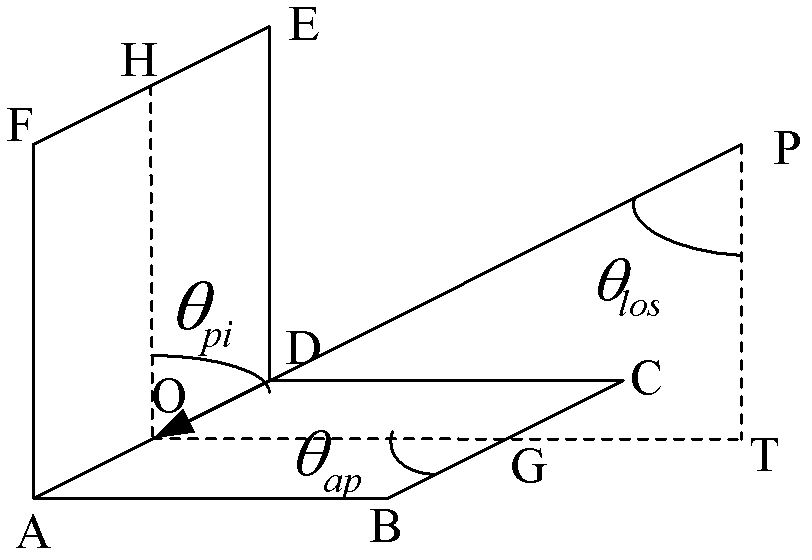Onboard P-waveband polarization synthetic aperture radar (SAR) calibration method under non-ideal calibrator condition
A scaler and non-ideal technology, applied in the direction of instruments, radio wave measurement systems, etc., can solve problems such as changes with the viewing angle of the antenna
- Summary
- Abstract
- Description
- Claims
- Application Information
AI Technical Summary
Problems solved by technology
Method used
Image
Examples
Embodiment Construction
[0045] The method of the present invention will be described in detail below with reference to the drawings. It should be noted that the described embodiments are for illustrative purposes only, and are not intended to limit the present invention.
[0046] In order to complete the polarization SAR calibration, it is necessary to deploy a standard calibrator with known scattering characteristics to obtain calibration data. The calibration method of the airborne P-band polarization SAR calibration method under non-ideal calibrator conditions of the present invention The schematic diagram of the external field layout is as figure 1 As shown, according to the antenna viewing angle and polarization calibration index requirements, a row of trihedral angle calibrators can be arranged along the distance direction. Here, a total of 10 trihedral angle calibrators are arranged every 3° interval for antenna pattern correction; Place a 0° and 45° dihedral calibrator with a distance of 50m on...
PUM
 Login to View More
Login to View More Abstract
Description
Claims
Application Information
 Login to View More
Login to View More - R&D
- Intellectual Property
- Life Sciences
- Materials
- Tech Scout
- Unparalleled Data Quality
- Higher Quality Content
- 60% Fewer Hallucinations
Browse by: Latest US Patents, China's latest patents, Technical Efficacy Thesaurus, Application Domain, Technology Topic, Popular Technical Reports.
© 2025 PatSnap. All rights reserved.Legal|Privacy policy|Modern Slavery Act Transparency Statement|Sitemap|About US| Contact US: help@patsnap.com



